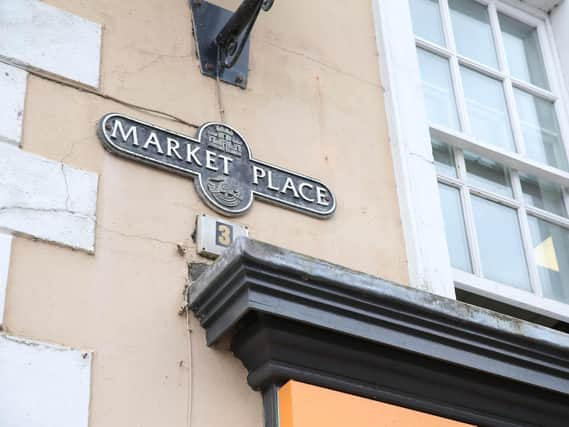Tale of Carrickfergus ploughman who became a Dublin executioner


Tom Kellett took over the role of hangman at Kilmainham Gaol in 1829, with his wife even dressing occasionally in men's clothing so that she could help him carry out his grisly duties.
The anecdote was shared by the former prison, now a major museum, on its Facebook and Twitter pages earlier this week.
Advertisement
Hide AdAdvertisement
Hide AdIt was based on an excerpt from Saunders's News-Letter, one of Dublin’s most established newspapers in the 18th and 19th centuries.


The extract outlines how Kellett had been a ploughman employed by the gaoler of Carrickfergus.
"On an emergency, when a man was to be whipped in the Market Place, he was taken from the plough to the cat-o'-nine-tails, and from that time his occupation has undergone a complete change," the newspaper stated.
He was afterwards employed as a hangman on the north-west circuit, and executed 13 of those found guilty of the infamous burning of Wildgoose Lodge in 1816.
Advertisement
Hide AdAdvertisement
Hide AdThe more unusual part of the story, however, involved Kellett's young wife, who was around 16 years old when they married.
Three years into the marriage the hangman brought his wife, whom the newspaper does not name, with him to an execution in Omagh.
"He there initiated her in the mysteries of his art, and having attired her in man's apparel, she acted as executioner on the occasion," the News-Letter continued.
"He finds this arrangement extremely convenient, for he can attend to execution at one place, while his wife is attending another in a different part of the country."
Advertisement
Hide AdAdvertisement
Hide AdIn a post on on their Facebook page, Kilmainham Gaol Museum said that Kellett's wife may not have been Ireland's first, or only, female executioner.
"In his book, 'Irish Popular Superstitions', Sir William Wilde (father of Oscar) recorded the history of 'Lady Betty' who is said to have been Roscommon Gaol's woman executioner in the 18th century," the post read.
Meanwhile, Carrick's own historic gaol cells were to get a new lease of life as part of as part of a £2 million heritage initiative announced earlier this year.
Comment Guidelines
National World encourages reader discussion on our stories. User feedback, insights and back-and-forth exchanges add a rich layer of context to reporting. Please review our Community Guidelines before commenting.